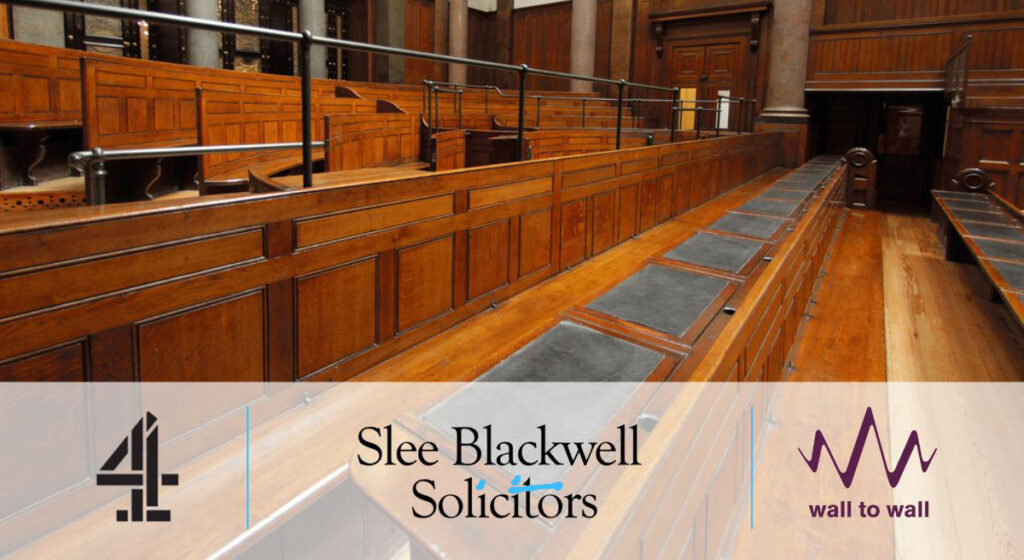Last Updated on 10th March 2025
Constructive trust claims and estoppel disputes
We specialise in constructive trust claims and estoppel cases, often acting on a no win no fee basis. Contact our recommended lawyers for a free consultation by calling 0333 888 0407, or emailing us at [email protected].
The law distinguishes between the legal owner of a property and the beneficial owner. While the legal owners and beneficial owners are often the same, this isn’t always the case. The idea behind a beneficial interest claim is it to override the legal ownership. These beneficial interest claims are predominantly based on the principle of a constructive trust or proprietary estoppel.
Partner, Naomi Ireson, summarises the legal framework for both types of claim and analyses the differences between the two approaches.
Constructive trust claims
Constructive trust claims are pursued under the Trust of Land and Appointment of Trustees Act 1996. (“TOLATA”). Section 14 of TOLATA gives the court the power to declare the nature or extent of a person’s interest in a property.
A property can be owned in a person’s sole name, as joint tenants or as tenants-in-common. Where there is an express declaration of trust then, in the absence of fraud, misrepresentation or undue influence, it is not usually possible to go behind this.
Historically, in order to establish a constructive trust one would need to show an agreement or an arrangement to share ownership and establish that the claimant acted to their detriment, or significantly altered their position, in reliance on the agreement.
Where there is no evidence of an agreement or an arrangement to share, the claimant would need to rely upon the conduct of the owner in order to establish a common intention to share the property beneficially and to establish that the conduct relied on gave rise to a constructive trust. Direct contributions to the purchase price or mortgage would usually justify the necessary elements of a constructive trust.
The position has altered in response to changing social and economic conditions. The court will now look to ascertain the parties’ shared intentions, actual, inferred or imputed, with respect to the property in light of their whole course of conduct in relation to it.
Where a property is held in joint names as joint tenants, this will amount to an express declaration that the parties are equally entitled to the property.
Where a property is held in joint names without any express declaration of trust, the starting point is for the court to presume that the parties are equally entitled to it. However, either party can assert that they intended something different either at the time they acquired the property or subsequently because their intentions changed over time.
Where a property is in the name of one party and the claimant seeks to establish an interest in it, they must first prove that there was an agreement or common intention that they should have an interest in the property.
In summary, in order to succeed in an application for a constructive trust, the claimant must be able to establish:
- A common intention (or bargain)
- Detrimental reliance
- Unconscionable denial of rights
The relief sought is quantified on the basis of what the parties intended and/or agreed, unless there is good reason to depart from this principle.
Proprietary estoppel claims
Proprietary estoppel is often pursued as an alternative action as it provides more flexible and generous remedies as an equitable application.
In order to establish proprietary estoppel one must show:
- A promise, which can be an express representation, or passively allowing another party to spend money in a mistaken belief.
- A reliance on the promise, in that there must be a connection between the promise and detriment – although the promise need not be the sole inducement for the claimant’s actions.
- A detriment, where the claimant must have suffered a substantial loss in reliance on the promise. The detriment must be such that it would be unconscionable for the party who gave the promise/assurance to be allowed to go back on it.
The possible remedies under proprietary estoppel are:
- The grant of a beneficial interest in the property
- An order for a lump sum
- A creation of a license to occupy a property rent free
- A transfer of the freehold title
The relief is generally regarded as the “minimum to do justice”, although it is possible that the Court will make an award to fulfill a claimant’s expectations unless uncertain, extravagant or out of all proportion to the detriment they have suffered.
If you are considering a constructive trust or proprietary estoppel claim, then contact us for a free consultation on 0333 888 0407.
